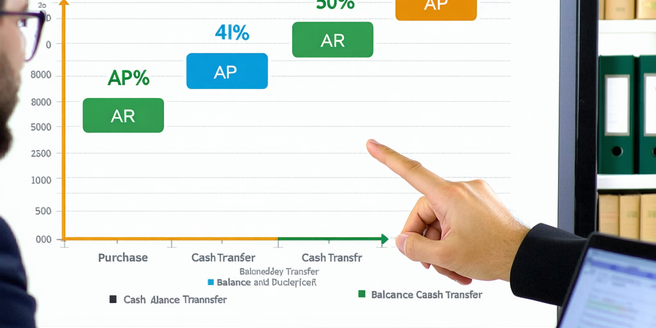
What is APR and How is it Calculated?
Annual Percentage Rate, or APR, represents the annual cost of borrowing expressed as a percentage. It’s a vital factor in understanding the true cost of your credit card debt. APR includes the interest rate as well as other fees associated with borrowing. To calculate APR, lenders consider the interest charged per period and multiply it by the number of periods in a year. For example, if a credit card has an interest of 1% each month, the APR would be approximately 12%. However, the calculation can be more complex when factoring in fees. Understanding APR helps consumers compare different credit products and make informed financial decisions. It’s crucial to note that the advertised APR might not always be reflective of what you pay, especially if you carry a balance, as compounding interest can significantly affect costs.
Types of APR: Purchase, Balance Transfer, and Cash Advance
Credit cards may feature different APR types depending on the transaction. The Purchase APR applies to everyday card purchases. If you don’t pay your balance in full, this rate will determine the interest on outstanding amounts. Balance Transfer APR comes into play when you transfer debt from one card to another. Often, introductory offers feature a lower rate for a limited time, but it can revert to a higher rate later. The Cash Advance APR is applicable when you withdraw cash using your credit card. Typically higher than the Purchase APR, cash advances often come with additional fees, making them an expensive option for accessing cash quickly. Understanding these different APR types is crucial for managing your credit card responsibly and avoiding surprises on your statement.
How APR Affects Your Credit Card Debt
The APR on your credit card is a significant determinant of how much debt can accumulate over time. Higher APR means more interest accrues on unpaid balances, increasing the overall cost of borrowing. If you carry a balance on your card, the interest charged can grow rapidly, especially if only minimum payments are made. As the debt grows, your financial flexibility decreases, and it may take longer to pay off the balance. For people not paying off their monthly statement in full, the APR can turn what seemed like manageable expenses into a larger financial burden. It becomes essential to understand how the APR is applied and compounded. Evaluating the APR of your credit card regularly can guide you in making strategic financial decisions to manage or reduce your debt effectively.
Strategies to Minimize Interest with APR Management
Effectively managing your APR can lead to significant savings on credit card interest. One strategy is to pay your balance in full every month, avoiding interest charges altogether. If that’s not feasible, consider making more than the minimum payment each month to reduce the balance faster. Another approach is to take advantage of promotional low APR offers, like balance transfers. Ensure you understand the terms and plan to pay off the transferred amount before the promotional rate expires. Additionally, negotiating a lower APR with your credit card issuer may be an option, especially if you have a history of timely payments. Staying informed about your APR and using these strategies can help control your debt levels and improve your overall financial health.
Tips for Choosing a Credit Card with a Favorable APR
Choosing a credit card with the right APR entails thoughtful comparison of available options. Begin by assessing your credit score, as a higher score typically qualifies you for lower APR cards. Research cards that offer promotional APRs, which can be beneficial if you plan to carry a balance or want to transfer an existing one. However, be aware of how long the introductory rate lasts and what the rate will revert to afterwards. Also, consider the credit card’s additional benefits, fees, and rewards, ensuring they align with your financial habits. Opt for a card that offers a grace period for new purchases, allowing you to pay in full before interest starts accruing. By evaluating these factors, you can choose a card that minimizes interest costs and meets your needs effectively.
